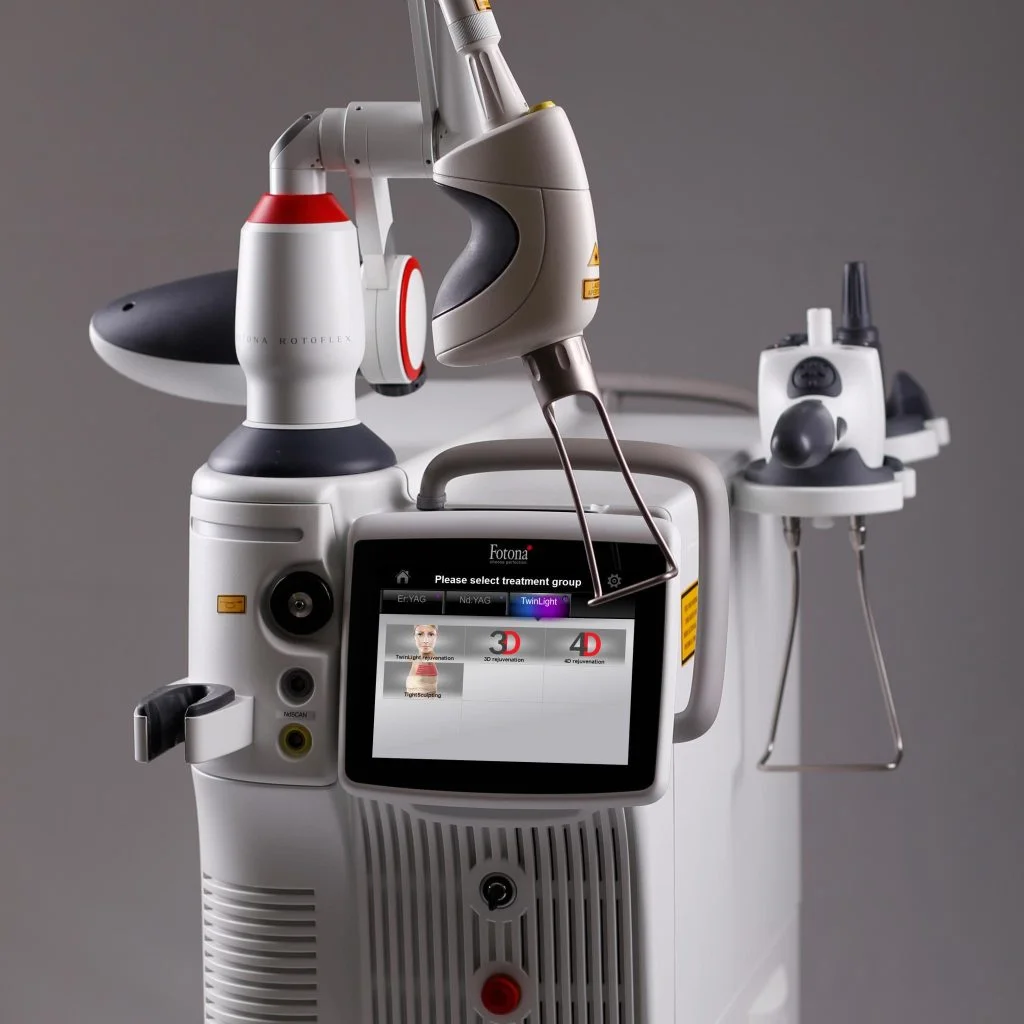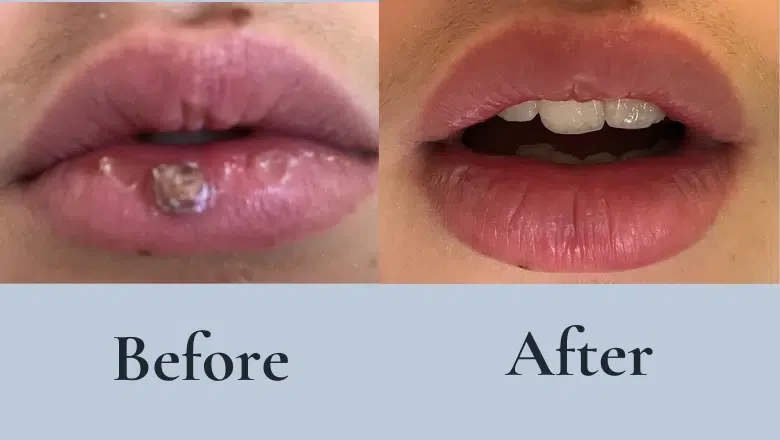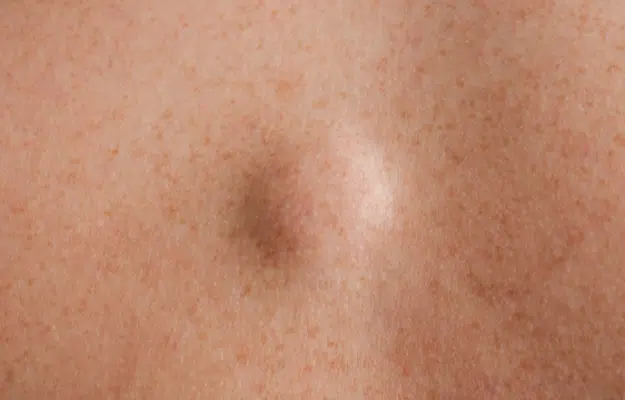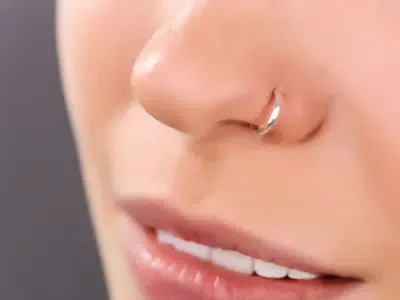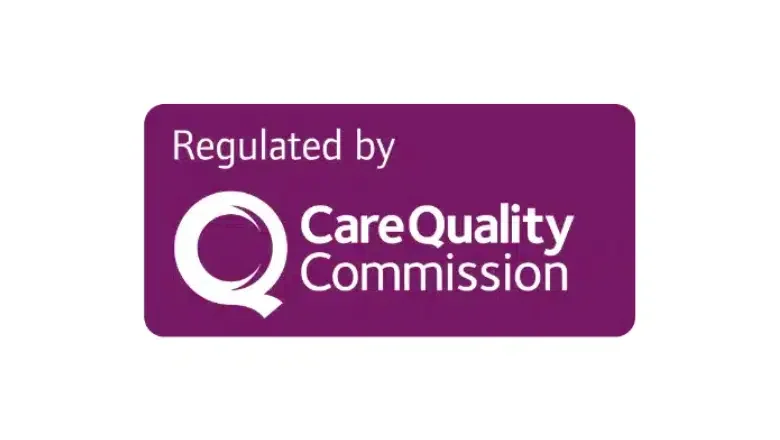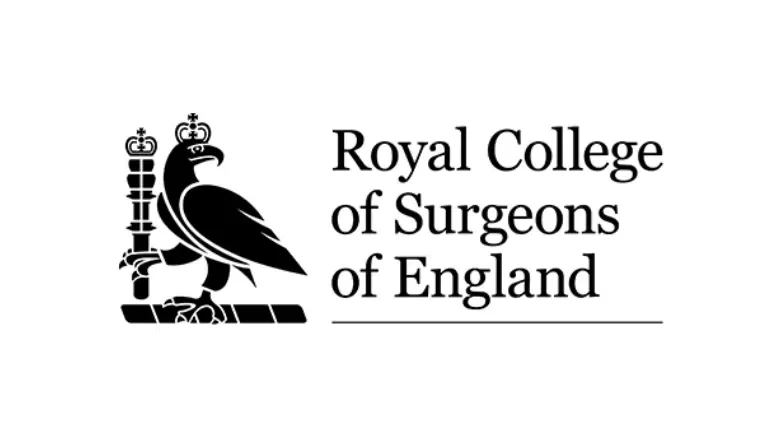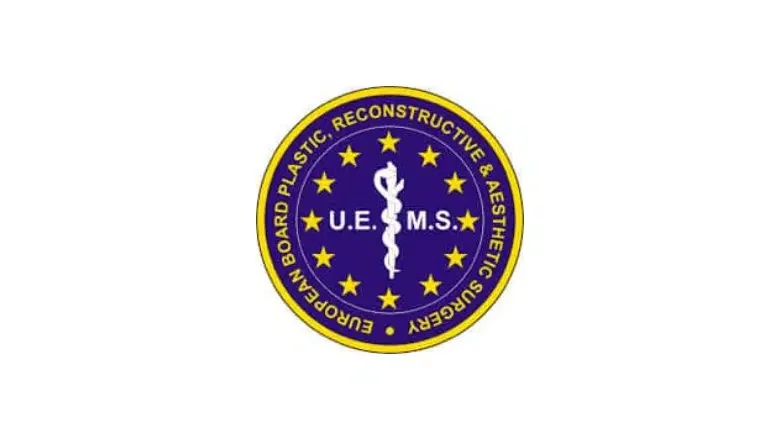Pyogenic Granuloma Removal London & UK
Imagine suddenly spotting a bright red lump on your skin that resembles a raspberry. It might give you a little shock, but don’t worry, it’s most likely a harmless growth called a pyogenic granuloma. Although it doesn’t pose any health risks, this little red bump can become quite a nuisance, especially if it’s in a visible area, or if it’s prone to bleeding.
RELATED: Skin Lesion Removal
You might be wishing you could just get rid of it, and the good news is that you can! At Centre for Surgery, we have a team of highly skilled doctors who can remove your pyogenic granuloma. What’s even better is that you won’t have to jump through any hoops to get this sorted. You can skip the hassle of getting a referral from your general practitioner (GP) and come straight to us.
Our doctors at Centre for Surgery are experts in their field. They have years of experience and have successfully handled countless cases like yours. They’ll make sure you’re comfortable and informed every step of the way. So, if you’ve got a bothersome pyogenic granuloma that you want to get rid of, don’t hesitate to reach out to us. We’re here to help.
What is a Pyogenic Granuloma?
A pyogenic granuloma is a non-cancerous, harmless growth that usually appears as a collection of blood vessels. While it isn’t harmful, it can be quite bothersome due to its size, location, and the potential to bleed. In addition, it can be a cause of cosmetic concern for many.
This kind of growth can occur in anyone, but it’s more commonly observed in children, adolescents, and pregnant women. While it can sprout on any part of the body, the most common locations are the hands, fingers, arms, back, chest, neck, and face.
The exact cause of pyogenic granulomas is still somewhat of a mystery, but they’re often associated with skin lesions, scratches, cuts, or insect bites. They have a rapid growth rate and can pop up quite unexpectedly. In pregnant women, hormonal changes taking place in the body are often linked to the development of these growths.
Pyogenic granulomas are benign and usually don’t require treatment, particularly if they’re small. In some cases, they may disappear on their own. However, for larger growths, you might choose to have them removed for aesthetic reasons or if they’re causing discomfort.
The Pyogenic Granuloma Removal Procedure
At Centre for Surgery, we believe that any medical procedure, no matter how minor, should be worry-free and as comfortable as possible for our patients. If you’re dealing with a pyogenic granuloma, our experienced doctors are ready to assist you.
Our first step is to invite you for an in-depth consultation at our Baker Street clinic. Here, one of our doctors will conduct a thorough physical examination of your pyogenic granuloma, and also take a detailed medical history. Based on this assessment, if removal is deemed necessary, we’ll schedule an appointment for the procedure.
If you’re pregnant, the advice may be a little different. Since pyogenic granulomas often result from hormonal changes during pregnancy, we may suggest waiting until after your pregnancy to see if the granuloma disappears on its own.
We aim to make the removal procedure as pain-free as possible. Your doctor will administer a local anaesthetic. You might feel a small sting at the start, but after that, you should feel no discomfort at all. Depending on the size and complexity of your granuloma, it’ll likely be surgically removed and stitched up. This procedure usually takes about 20 to 30 minutes.
After the procedure, we’ll guide you on scar care to ensure proper healing and minimal visibility of the scar. The great news is that the removal of a pyogenic granuloma involves minimal downtime. You can usually return to work and your regular activities immediately after your procedure. However, your doctor might advise you to avoid heavy exercise for about a week to prevent any potential re-injury to the treated area.
Benefits of Fotona Laser Treatment for Pyogenic Granuloma Removal
Traditional treatments for pyogenic granuloma have included surgical removal, cauterisation, or cryotherapy. However, advancements in laser technology have introduced the Fotona laser as a modern, effective alternative. Here, we delve into the numerous benefits of using the Fotona laser for treating pyogenic granuloma.
One of the primary advantages of the Fotona laser is its precision. This technology allows for targeted treatment, focusing directly on the affected area without causing damage to the surrounding healthy skin. This precision minimises scarring, a significant concern for many patients, especially when the growths appear on visible areas like the face or hands.
Moreover, the Fotona laser is renowned for its minimal discomfort. Unlike more invasive procedures, laser treatment is generally less painful, making it a preferable option for patients who are apprehensive about pain. The procedure is typically quick, and patients can often return to their normal activities shortly after treatment, which is not always the case with more traditional methods.
Another key benefit of the Fotona laser is the reduced risk of infection. Since the laser seals blood vessels as it works, it minimises bleeding and lowers the chance of bacteria entering the wound. This aspect of the treatment is particularly advantageous for individuals with a higher risk of infection or slow healing.
Additionally, the healing process following Fotona laser treatment is usually faster compared to other methods. The laser promotes natural collagen production, aiding in the healing of the skin. This quicker recovery period is not only convenient for patients but also reduces the duration of any potential discomfort associated with the treatment.
Furthermore, the Fotona laser offers a high success rate in the complete removal of pyogenic granuloma. The recurrence rate after laser treatment is comparatively lower than with some traditional methods, making it a reliable long-term solution for patients seeking to avoid repeat procedures.
Pyogenic Granuloma Removal with Laser - Before & After
Pyogenic Granuloma Removal Recovery and Aftercare
Recovering from pyogenic granuloma removal is generally quick and uncomplicated, but as with any medical procedure, proper aftercare is essential to prevent complications and ensure the best possible healing outcome. Here are some guidelines:
Wound Care
After the procedure, the wound will be bandaged. It would be best if you kept this bandage clean and dry. Typically, you can remove the bandage and gently wash the area after 24 to 48 hours, depending on your doctor’s instructions.
Pain Management
After the local anaesthetic wears off, you may experience some discomfort or mild pain. Over-the-counter pain medication, such as paracetamol, can usually manage this effectively.
Avoid Strenuous Activity
You should avoid strenuous exercise or heavy lifting for about a week after the procedure to prevent the wound from disturbing itself and allow it to heal properly.
Watch for Signs of Infection
While infections are rare, it’s important to look for signs such as increased redness, swelling, warmth, or pus. If you notice any of these or develop a fever, you should contact your doctor immediately.
Scar Management
Once the wound has healed, there may be a scar. Your doctor will give you instructions on how to minimise scarring. This may include massaging the area with a moisturising cream, using silicone sheets or gels, and protecting the area from the sun.
Follow-up Appointment
You’ll likely have a follow-up appointment to check on the healing process and remove any stitches if used.
Remember, each person’s healing process can vary, so it’s important to follow the specific aftercare instructions given by your doctor at Centre for Surgery. They’re designed to ensure your comfort and speedy recovery.
FAQs
-
What is pyogenic granuloma, and how does it form?Pyogenic granuloma is a benign skin growth, often appearing as a small, red, and tender bump. It's typically caused by skin irritation, hormonal changes, or physical trauma. The growth is made up of small blood vessels and can bleed easily.
-
Are there any risks associated with pyogenic granuloma?While pyogenic granulomas are generally harmless, they can cause discomfort, bleeding, and may be aesthetically concerning, especially if located in visible areas. In rare cases, they can also become infected.
-
What are the common treatment options for pyogenic granuloma?Treatment options include surgical excision, cauterisation, cryotherapy (freezing), and laser therapy. The choice of treatment depends on the size and location of the granuloma, as well as patient preference.
-
Is the Fotona laser treatment for pyogenic granuloma painful?Fotona laser treatment is relatively less painful compared to other methods like surgical excision. Patients may experience minor discomfort during the procedure, but it is generally well-tolerated.
-
How effective is Fotona laser treatment in removing pyogenic granuloma?Fotona laser treatment is highly effective in removing pyogenic granuloma, with a low recurrence rate. Its precision allows for targeted treatment, reducing the risk of damage to surrounding skin.
-
Are there any side effects or complications associated with Fotona laser treatment?The side effects of Fotona laser treatment are generally minimal and may include temporary redness, swelling, or sensitivity at the treatment site. Scarring and infection are rare, especially when post-treatment care instructions are followed properly.
-
How long does a Fotona laser treatment session take?The duration of a Fotona laser treatment session varies depending on the size and number of pyogenic granulomas being treated but is generally quick, often completed within a few minutes.
-
What can I expect during the recovery period after Fotona laser treatment?Recovery after Fotona laser treatment is usually swift. Patients can typically resume normal activities soon after the procedure. The treated area might show redness or minor swelling, but this usually subsides quickly.
-
Is pyogenic granuloma removal permanent?The effects of pyogenic granuloma removal are generally long-lasting. If the granuloma is entirely removed during the surgical procedure, it significantly reduces the chances of it recurring in the same spot. However, it's worth noting that this doesn't prevent new granulomas from appearing in other areas of the body.
Pyogenic granulomas can sometimes grow back if they weren't fully removed during the initial procedure, but this isn't common when the procedure is performed thoroughly. If a pyogenic granuloma does recur, additional treatment may be required.
The best way to ensure lasting results from pyogenic granuloma removal is to have the procedure carried out by a highly skilled and experienced surgeon, like those at the Centre for Surgery. They will take the utmost care to fully remove the granuloma, minimising the likelihood of recurrence in the same area. -
How much does pyogenic granuloma removal cost?The exact price of pyogenic granuloma removal can vary greatly, depending on several factors related to your individual case. These include the size, location, and number of granulomas, as well as the specific surgical technique required for effective removal.
It's not possible to provide an accurate cost estimate without a thorough examination and consultation with a doctor. During this consultation, the doctor will assess your situation, discuss your options, and determine the best course of action for you. After this assessment, you'll be given a detailed quote that reflects the complexity of your specific procedure.
Here at Centre for Surgery, we believe in transparency and clarity when it comes to costs. You won't find any hidden charges, and we'll explain all aspects of your treatment and its associated costs during your consultation. This will allow you to make a fully informed decision about proceeding with the procedure. -
How can I prevent the recurrence of pyogenic granuloma?Preventing pyogenic granuloma involves minimizing skin trauma and irritation. It's also important to maintain good skin hygiene and protect the skin from excessive sun exposure. However, some factors like hormonal changes cannot be controlled.



